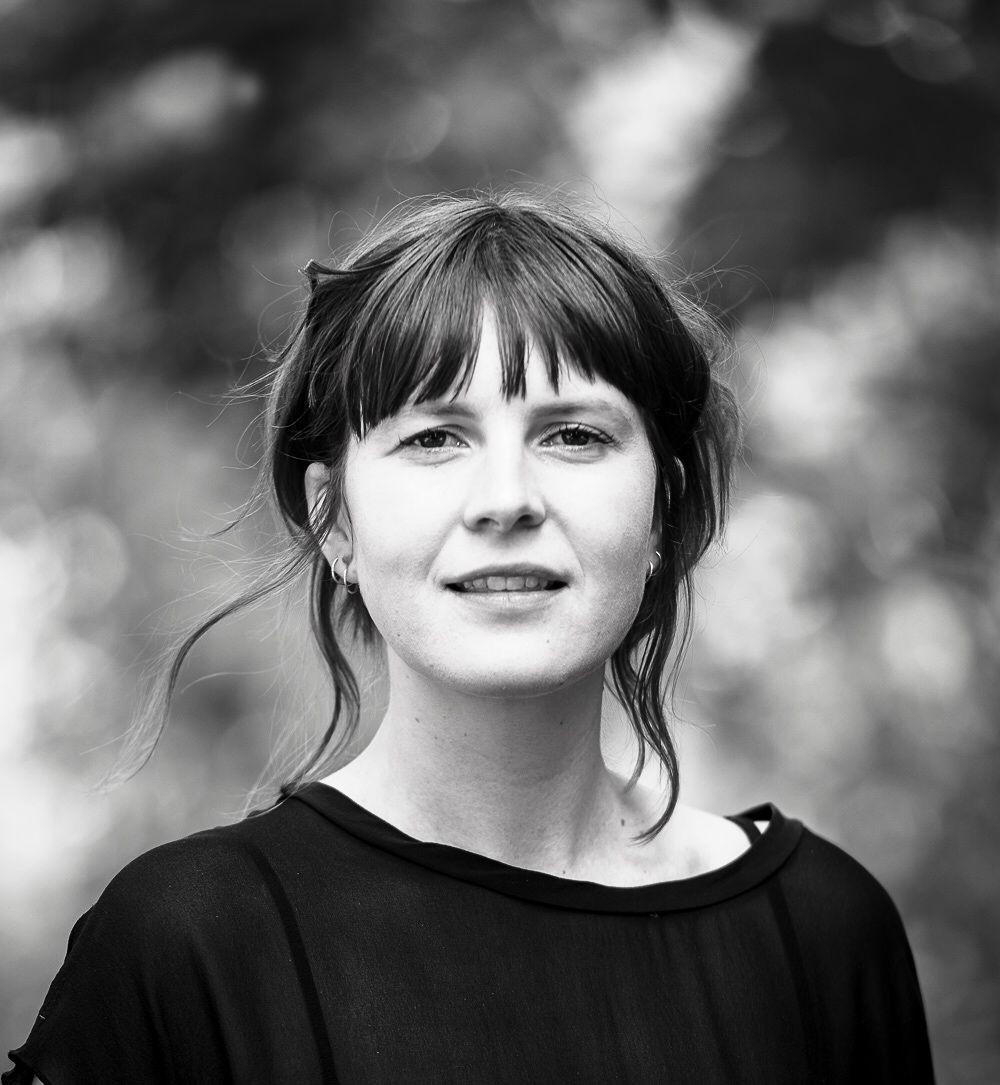
THE ETHICS OF SPACE:
ARCHITECTURE AS A HEALING MODALITY
LAURE NOLTE
RAIC INTERNATIONAL PRIZE SCHOLARSHIPS
05/26/2019
“If it isn’t helping to transform me in some way, it likely won’t do so for others. I am willing to risk a lot, but only for the things that feel like they have an unlimited ability to bring healing here.” - Chani Nicholas
While my decision to become an architect was a more recent experience, the seeds were unknowingly planted years ago, when I was a teenager. My beautiful mother became ill when I was fifteen years old. She was diagnosed with Multiple Sclerosis, a progressive disease that slowly eroded away her physical abilities. After two years, our family decided that she needed more care than we could offer at home, and it was decided that she would move into a long-term care facility. At the time, I was still very much a child. I didn’t have the emotional resources to fully grasp what these changes meant for my mother, for me, and for our lives together. We thought the move was the best choice for her, but visiting my mother in her care facility was uncomfortable in the best of times. In retrospect, I can see that my intense unease in the long-term care facility was more than just unprocessed anger towards my mother’s illness. Spaces that should have been facilitating moments of connection and care between family members were instead starkly institutional. There was no warmth emanating from the materials chosen and no relationship between space and quality of light. There were no places for families to gather that didn’t feel like hospital rooms. In moments of trauma and sickness, we need to call in all of our resources.
Design has a profound ability and an ethical responsibility to help support individuals and family members experiencing the trauma of grief and loss. This is where my greatest pain has become my greatest teacher. Weaving my core values around the awareness of design’s ability to enhance emotional and physical healing has been my call to action to the field of architecture. New precedents for hospital typologies are emerging that reinforce the belief in the human body’s ability to heal, such as Herzog and DeMeuron’s New North Zealand Hospital in Denmark. Their design statement reads as a manifesto for this new typology by stating: “The hospital is surrounded by nature and contains a garden in its center. A horizontal building is an appropriate building typology for a hospital, because this fosters exchange: across the various departments, the employees work on a shared goal: the healing of the ailing human being.”2 Herzog DeMeuron demonstrate that simple actions in architecture, such as sight lines to nature from private rooms, lighting that supports circadian rhythms, and the cross-exchange of various specialists with the shared goal of patient healing can create a world of difference for a person spending time in a healthcare facility. These architects are elegantly applying knowledge from cognitive architecture to create a holistic healing environment.This is where the power of design comes in.
Since beginning architecture school, I have taken every opportunity to delve deeply into the quickly expanding field of neuro-architecture. Uncovering some of the brilliant research by Sarah Williams Goldhagen and Colin Ellard at the intersection of cognitive science and design has validated my decision to become an architect because it has opened my eyes to measurable and achievable ways in which quality of life can be elevated through design. As technology advances, we are learning more about the human brain than ever before. Neural plasticity is an ongoing phenomenon of our brain’s ability to continually evolve, change, and grow new neural pathways. This discovery transcends the field of psychology and has a direct impact on various other domains of study and research, including architecture. Sarah Goldhagen, professor for over ten years at Harvard University’s Graduate School of Design asserts, “The fact of our brain’s neural plasticity has immense implications for understanding cognition: it reveals that as we learn, our brains are changing shape, rewiring us through our lives, our minds are changing and quite literally being shaped by our experiences in the physical environments in which we live.”3 Whether we are aware of it or not, the spaces we inhabit have either positive or negative effects on our bodies.
Understanding the effects of the physical/material world on cognitive processes and applying this knowledge to design in a way that maximizes humans’ experiences and quality of life is a continued exploration in my work. Buildings can harm, but buildings can also heal. With expanding technology, it is now possible to gather data from the human body’s physiological responses to the built environment, spatial layout and materiality. This new information can direct architectural decisions towards a more healing environment. I believe that we can thrive as humans even when we are sick. I believe in the human body’s ability to heal in the right environments. I believe that through the power of architecture we can design healing environments. I believe that through knowledge and the application of neuroscience, we can elevate
architecture’s ability to create inclusive, healing spaces. With a growing body of measurable data, the field of architecture has an ethical responsibility to incorporate research from cognitive studies into practice.
What is now clear to me from spending my teenage years visiting my mother in a long-term care facility is that this painful experience has become my guiding light towards the field of architecture. I have a vision for my future in architecture that will come through calling in all of my resources, and through allowing my past experiences to be the gateway towards achieving my architectural goals. The beauty of this process is that my own healing is also possible through the study of architecture. Before beginning every design project, I write a note to hang in my studio that says: “I am willing to transform this space, and I am willing to be transformed by the process.”